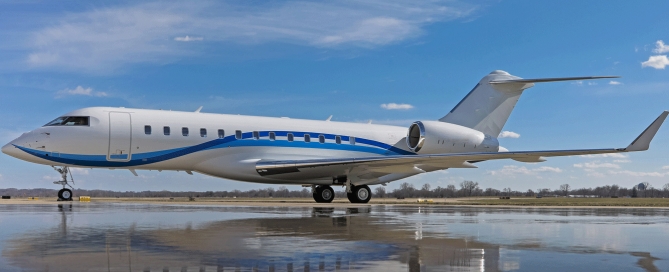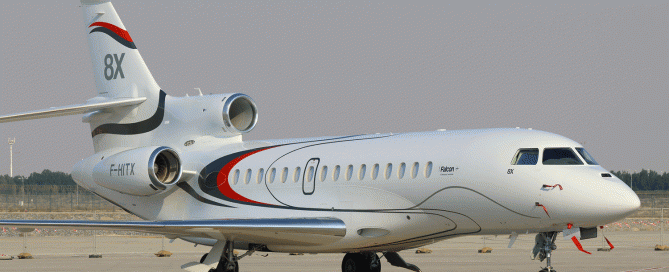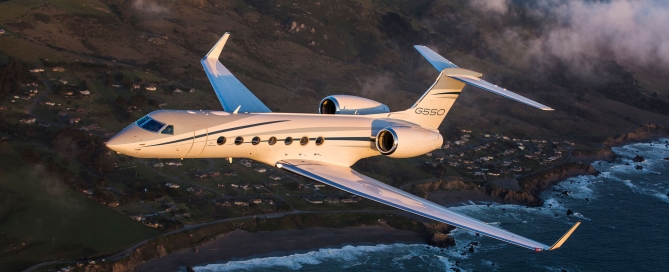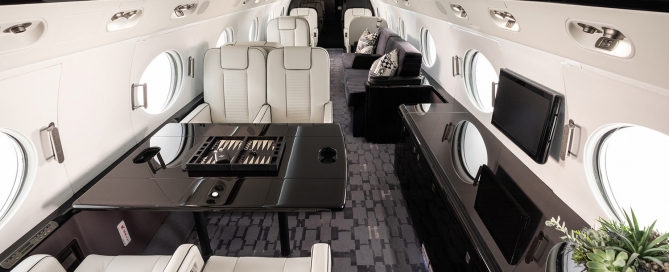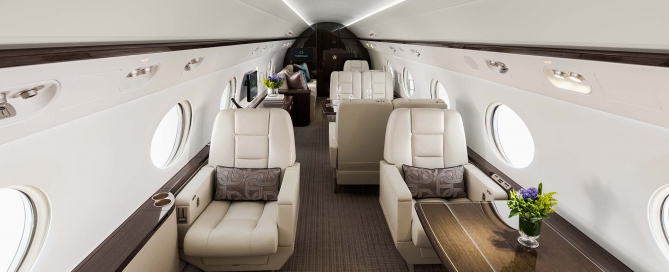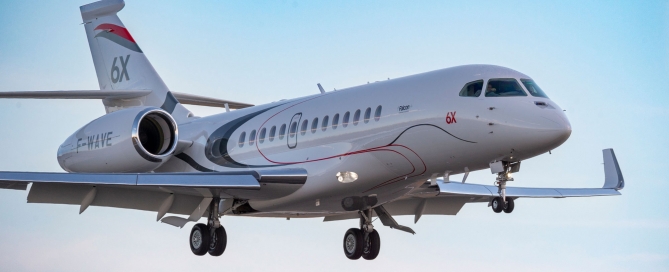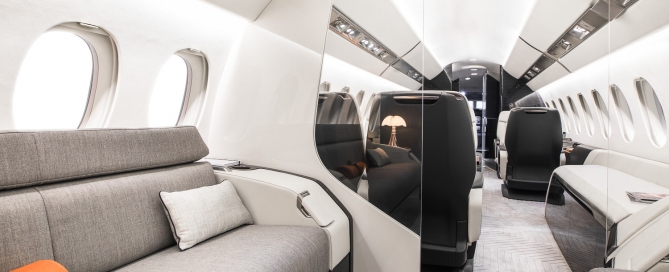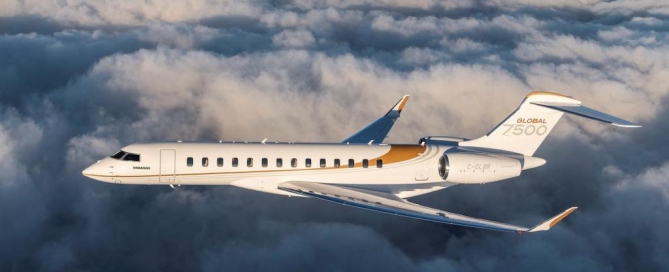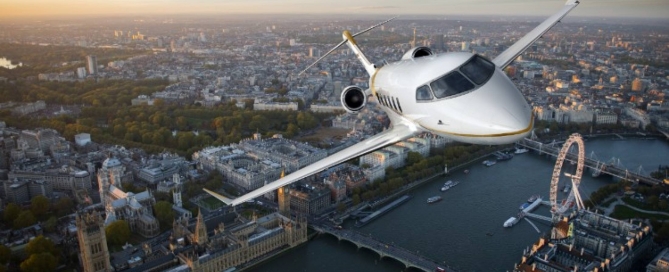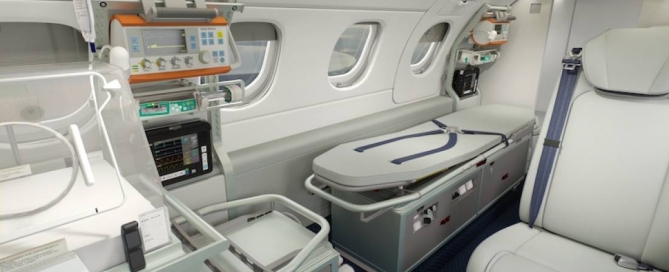World Cup Knockout Phase Brings Added Ad Hoc Congestion
With the knockout phase of FIFA World Cup having started on Saturday, Middle East-based flight support companies are warning tournament-goers about an extra layer of unpredictability through the final match on December 18. “We knew which national teams were playing in the group stages, but we didn’t know who will make it to the knockout phase,” said Henry LeDuc, head of strategy development at UAS International Trip Support. “This means there were a lot of pre-planned flights already for the group stage. Ad hoc flights will rapidly build from countries whose teams advance to the next round.” Some 48 matches took place in the group phase, which ran from November 20 to December 2, with qualifiers playing only 16 more. Tom Murphy, head of FBOs and aircraft management specialist at Gama Aviation Sharjah, told AIN that demand ramp-up starting with the knockout will only soar higher with the quarter-final, semi-final, and final games. “Charters are going to be very challenging for ad hoc at the last minute,” he said. “Given the restrictions for gaining access to Qatar, you need a minimum of 72 hours’ notice for a flight. You also need a hire car, as proof that you’ve got a match ticket. Last-minute charter is going to be very difficult.” To meet expected spikes in demand, several aircraft charter companies in the region—including Qatar Executive, Empire Aviation Group, Jet Aviation, and ExecuJet—are making extra aircraft available to tournament-goers on charters and shuttles. UAE-based Royal Jet and Jetex signed a partnership early last month to operate on-demand 30-seat private jet flights between Dubai and Doha for the duration of the competition. Royal Jet operates the world’s largest fleet of Boeing Business Jets and announced the acquisition

